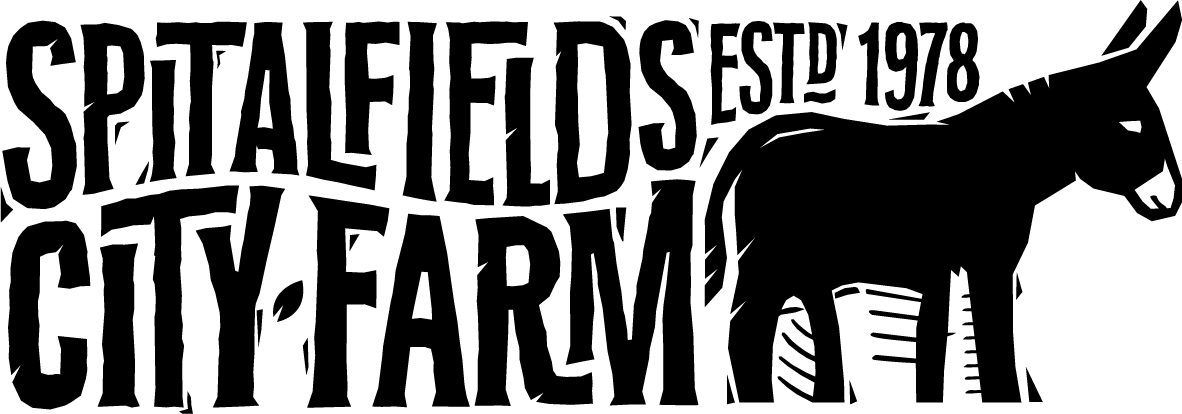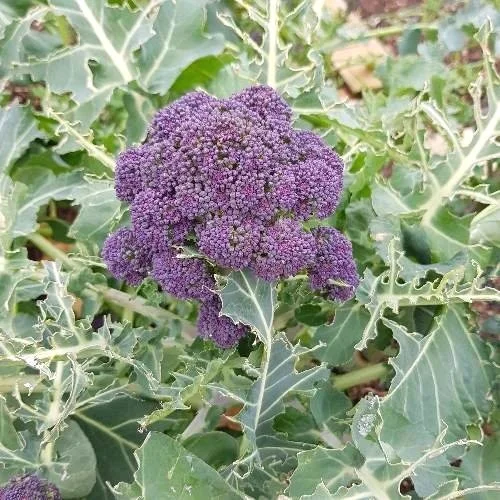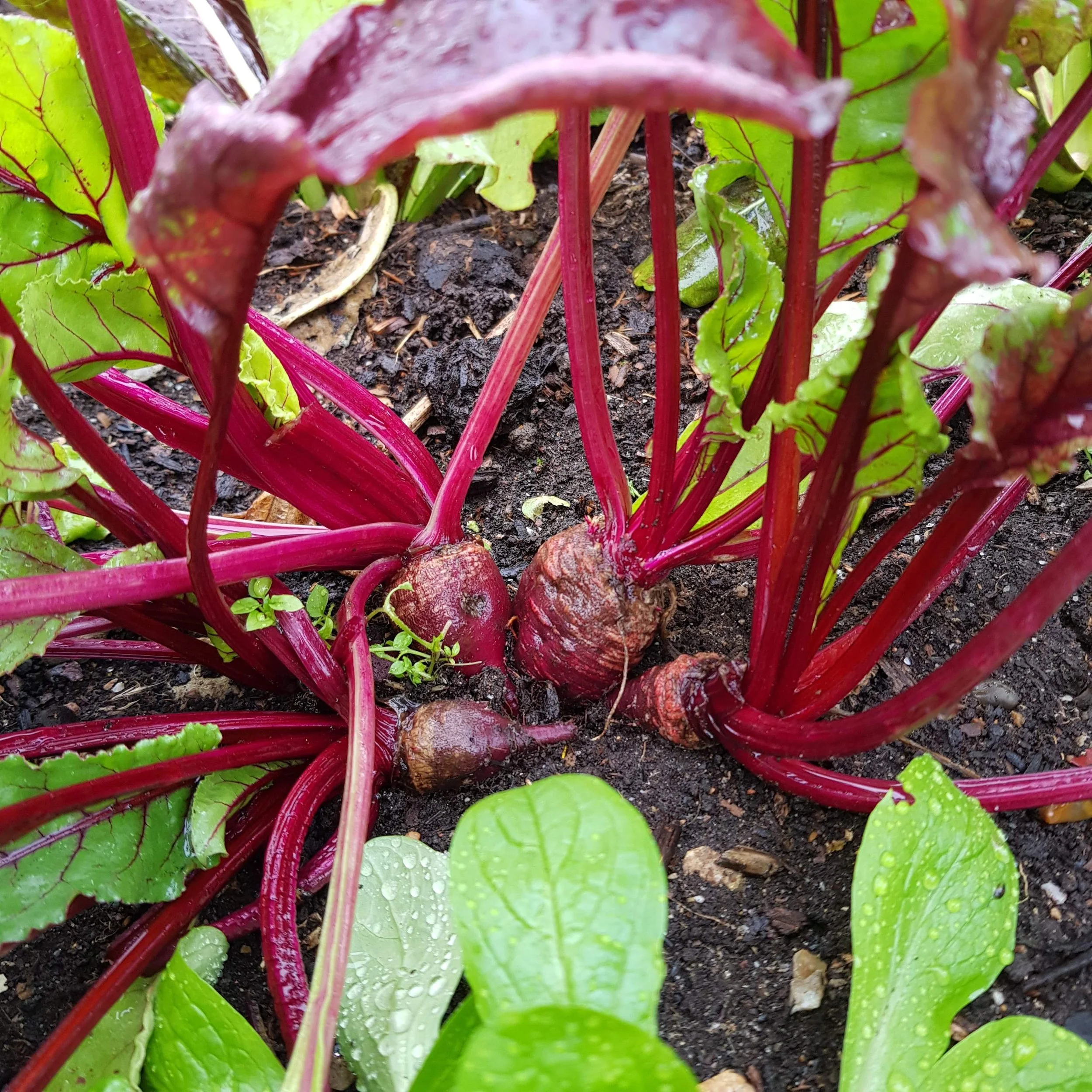Community Food Growing
We have several outdoor spaces, polytunnels and greenhouses for volunteers to learn how to grow food under the guidance of our skilled head gardeners Chris and Lutfun. This includes a broad range of seasonal flowers, herbs, fruit, and vegetables, with a special focus on heritage varieties and South Asian produce, such as kodu, amaranth, Indian spinach and chillies.
Our produce is sold in our onsite Farm Shop and at St Hilda’s East Food Co-op. We only sell Coriander Club vegetables from Tuesdays to Thursdays, 11am-4pm. Please ask Lutfun to help you.
The COMMUNITY Garden
Completed as a low-carbon build in 2013, the Community Garden was designed by Roundfield landscape architects following permaculture principles. It includes a sheltered seating area built with UK-grown cedar trunks and recycled scaffold planks, large troughs for harvesting rainwater from the shelter’s roof, a forest garden and nitrogen-rich hedgerows, a wooden totem sculpture, and copious vegetable beds.
In the garden, volunteers learn the benefits of companion planting, no dig and permaculture. Growing wild flowers and herbs in among vegetables is a natural way of keeping unwelcome pests at bay, while attracting butterflies, bees and other pollinators.
THe Grass Road
The Grass Road was built in 2008 and is the main entrance into the Farm. The path is lined with a variety of plants including raspberry canes, hops, chicory, and wild roses. Nestled among the greenery is a pond with a thriving Great Crested Newt population and alongside this is a willow den constructed by our Young Farmers.
Opposite the pond, there’s a raised picnic area with fruit trees and wildflowers, also used for forest school activities and education sessions.
The majority of the Grass Road has been landscaped using logs to create borders while also functioning as hibernaculum for minibeasts.
The Wildlife Garden
Tucked away on the left as you enter the farmyard is the Wildlife Garden. Abundant with native flora and fauna, this small miniature woodland is home to our colony of rescued honeybees, which not only produce delicious honey under the careful guidance of volunteer beekeeper Salvatore, but also have an invaluable role as pollinators across the Farm and beyond.
To further promote biodiversity, we have dug out a series of ponds, which are the main breeding areas for our resident protected Great Crested Newts and Smooth Newts, as well as invertebrates like dragonflies, pond skaters, beetles and snails. This abundant supple of fresh food attracts birds and bats, while also serving as drinking water for larger animals like foxes.
Further along the path, we have created a mycelium area, where we’ve started growing Wine Caps and Oyster mushrooms as part of our education programme.



















